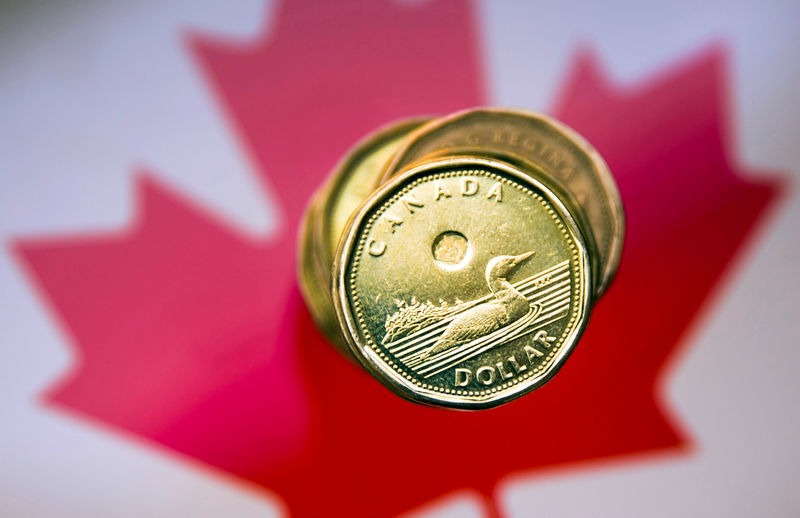By Fergal Smith
TORONTO (Reuters) - As the month-end deadline for North American trade talks nears, Canadian executives who hedge foreign exchange risk have been changing their strategies so their companies can profit from any possible swings in the Canadian dollar.
Companies ranging from manufacturing, agriculture to retail are choosing to hedge their foreign exchange risk with options, which have become cheaper than normal to buy, rather than enter into contracts that lock in a future currency rate, currency dealers said.
By using options, importers could benefit from a rally in the Canadian dollar if a deal to renew the North American Free Trade Agreement is reached. Should there be no deal, then a potential drop in the Canadian dollar could help offset the blow to exporters from any increase in tariffs.
"Where traditionally a corporate might have used a forward contract and simply locked themselves into a price in the future, right now they are more willing to say we want to have something that does give us a little bit of room to run if we have a favorable move," said Karl Schamotta, director global markets strategy at Cambridge Global Payments.
U.S. President Donald Trump last month announced a side trade deal with Mexico - the third member of NAFTA - and has warned that he was prepared to leave Canada out if it failed to accept terms by Oct. 1.
BULLISH LOONIE
Options tend to work well at hedging the outcome of an event that could lead to a large deviation in the prevailing level of the exchange rate. For a fee, the buyer of an option could have the right to buy or sell a currency at a level agreed with the seller.
"Importers who need to have a hedge on are certainly looking for participation, believing that $1.25 or $1.26 is a real possibility in the new year," said Blake Jespersen, managing director, foreign exchange sales at BMO Capital Markets. "They don't want to lock in a rate close to $1.30, they want some participation in what they believe will be a favorable move."
The bullish view of importers on the Canadian dollar was shared this month by many strategists in a Reuters poll. They predicted the loonie would climb to $1.26 in a year.
The low level of implied volatility, a major determinant of the cost of an option, has made options more attractive.
Tight ranges for most G7 currencies have weighed on implied volatility across the board, keeping "implied vol" for the Canadian dollar in check despite the potential impact of a decision on NAFTA, said Simon Côté, managing director, risk management solutions, at National Bank Financial.
Implied volatility for a USD-CAD option that expires in three months was trading on Monday at about 7.4 percent, down from more than 11 percent in February 2016.

"It is exactly like fire insurance," Schamotta said. "We are currently in a neighborhood that hasn't had a house fire in a very long time. Insurance premiums are very low right now so everyone in the neighborhood is pretty complacent," he added, but the risk to the community has become large.